Examples
These simplified examples may help you visualize what a Customer Compass would look like from the customer’s viewpoint:
VIP note, the Mission statements here are those of the example company NOT the customer’s mission which is much more important to ascertain and fill in when building your Customer Compass. But they are stated here so you can think about how could your mission align with your customer?
🎨 Canva
North: Mission, Measures for Success
[Insert CUSTOMER’S Mission] Canva’s Mission: "To empower everyone in the world to design anything and publish anywhere." Create professional-quality designs effortlessly without formal training. Achieve increased engagement on social media platforms (e.g., likes, shares, comments). Reduce time spent on design tasks by 50%. Enhance brand consistency across all visual content. South: Stakeholder Obstacles & Constraints
Internal: Limited design skills and resources, tight deadlines, and lack of access to professional tools. External: High expectations for visual content on social media platforms and websites. Psychological: Fear of producing subpar designs leading to hesitation in content creation. Relationship: Dependence on others for design assistance, causing delays, complex collaboration challenges, and miscommunication. East: Existing Alternatives, Emerging Opportunities & External Influences
Reliance on sophisticated tools like Adobe Illustrator or PowerPoint, requiring expert help from colleagues for design tasks. Inconsistent branding due to varied design sources. The rise of online tools and visual-centric platforms like Instagram and TikTok emphasizes the need for compelling graphics. Competitors are leveraging user-friendly design tools, setting new standards for content quality. The increasing importance of both business and personal branding necessitates consistent and professional visuals. West: Customer's Desired Path Forward
Desire for intuitive tools that enable quick creation of professional designs. Aspiration to maintain consistent branding across all platforms. Need for templates and resources that simplify the design process. Wish to independently manage design tasks without external assistance. North: Mission, Measures for Success
[Insert CUSTOMER’S Mission] Replate’s Mission: "To reduce food waste, alleviate food insecurity, and mitigate climate change in communities everywhere." Reduce food waste in the community and provide meals to those in need. Increase the volume of food rescued by 30% annually. Expand partnerships with local businesses by 25%. Enhance volunteer engagement and retention rates. South: Stakeholder Obstacles & Constraints
Internal: Limited staffing, inadequate infrastructure for food storage, and logistical challenges in coordinating pickups and deliveries. External: Regulatory compliance for food safety and distribution. Psychological: Donor skepticism about the effective use of their contributions. Relationship: Building trust with new partners and maintaining consistent communication with volunteers. East: Existing Alternatives, Emerging Opportunities & External Influences
Manual tracking of donations using spreadsheets. Inconsistent pickup schedules leading to food spoilage. Growing public awareness about food waste and hunger issues. Potential partnerships with local businesses aiming for corporate social responsibility. Technological advancements enabling better tracking and coordination of food donations. West: Customer's Desired Path Forward
Implement technology solutions for efficient tracking and coordination of food donations. Establish reliable pickup schedules to minimize food spoilage. Strengthen community engagement through transparent reporting and impact metrics. Develop scalable models to expand food rescue operations to new regions. 🧩 Figma
North: Customer's Mission, Measures for Success
[Insert CUSTOMER’S Mission] Figma’s Mission: "To make design accessible to everyone." Facilitate real-time collaboration on designs without bottlenecks. Shorten design cycles by 40%. Improve cross-functional team communication and feedback integration. Enhance overall product quality and user experience. South: Stakeholder Obstacles & Constraints
Internal: Fragmented design processes, lack of real-time collaboration tools, and version control issues. External: Pressure to accelerate product development cycles to meet market demands. Psychological: Resistance to adopting new tools due to learning curves and fear of disrupting existing workflows. Relationship: Challenges in synchronizing efforts between design and development teams across different locations. East: Existing Alternatives, Emerging Opportunities & External Influences
Use of disparate tools like Sketch, Dropbox, and Slack, leading to siloed workflows. Delayed feedback loops due to asynchronous communication. The shift towards remote work necessitates cloud-based collaboration tools. Competitors are adopting integrated platforms, raising the bar for design efficiency. Increased demand for rapid prototyping and iterative design processes. West: Customer's Desired Path Forward
Adopt a unified platform that supports real-time collaboration and version control. Streamline design processes to reduce time-to-market. Enhance team productivity through integrated communication and feedback tools. Maintain a single source of truth for design assets to ensure consistency.
As you’ll see we we’ve incorporated as much specificity as possible. This is key and obviously you would want to go into a lot more detail in your customer interviews and engagement to get a substantive understanding of your customer’s life or business challenges and opportunities.


